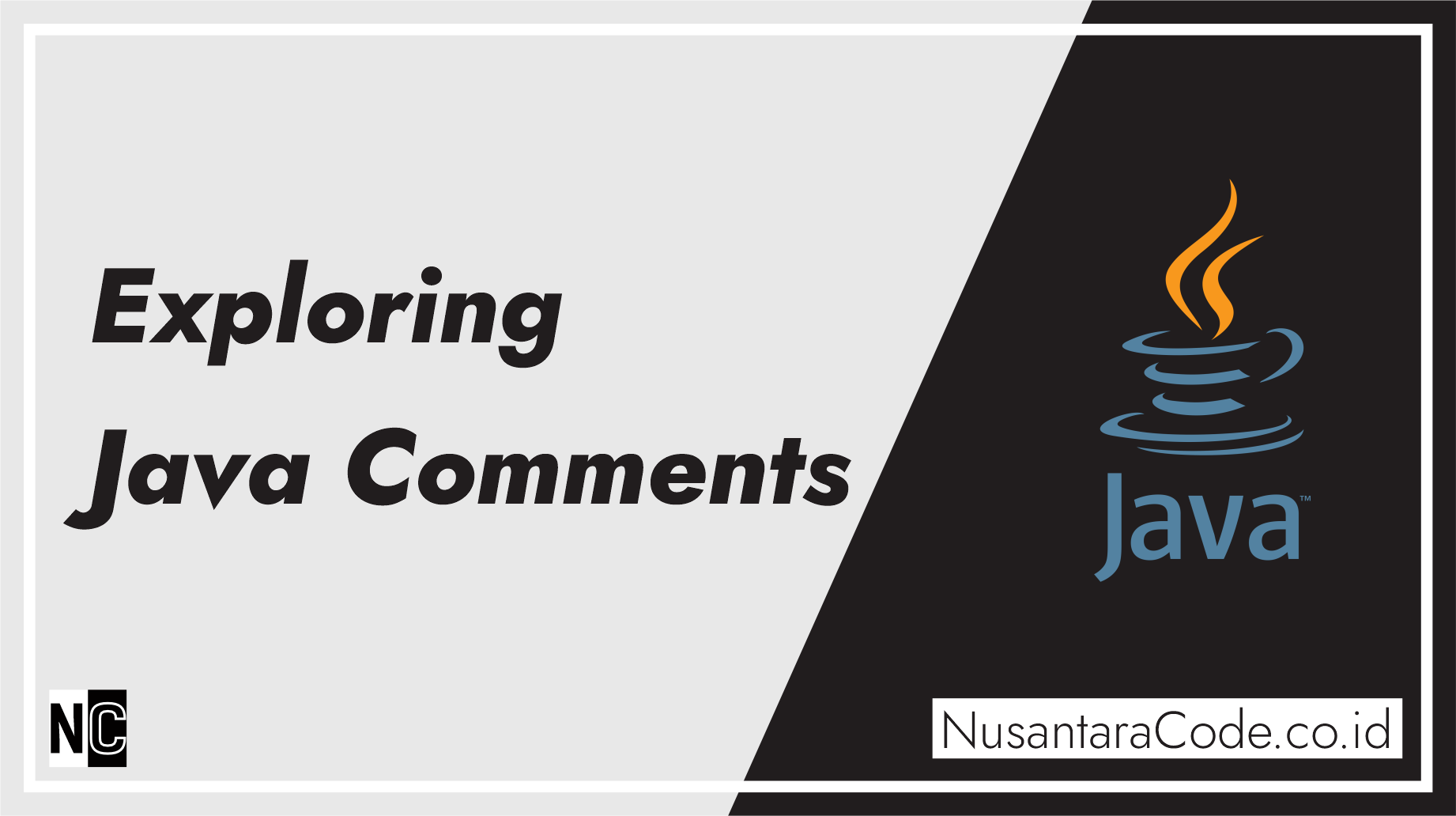Comments are an essential part of any programming language, and Java is no exception. They serve as a means of annotating your code, providing explanations, and making it more understandable to yourself and others. In this article, we will delve into the world of Java comments, their types, best practices, and when and how to use them effectively.
What Are Comments?
Comments in Java are non-executable statements added to the source code to describe the program’s functionality. They are primarily intended for human readers, helping them understand the code. Java compilers ignore comments, so they do not affect the program’s execution.
Java supports three types of comments:
- Single-Line Comments: Single-line comments start with
//and extend to the end of the line. They are useful for adding brief explanations or annotations to specific lines of code.
// This is a single-line comment
int number = 42; // This comment describes the purpose of the variable- Multi-Line Comments: Multi-line comments are enclosed between
/*and*/. They are suitable for providing more extensive explanations or temporarily excluding blocks of code.
/*
This is a multi-line comment.
It can span multiple lines.
*/
int result = 100;- Documentation Comments: Documentation comments, also known as Javadoc comments, start with
/**and end with*/. They are used for generating documentation from source code and are especially useful for documenting classes, methods, and fields.
/**
* This is a Javadoc comment. It provides documentation for a class, method, or field.
*/
public class MyClass {
// ...
}Java comments are a valuable tool for enhancing code readability, maintaining documentation, and collaborating with others. When used judiciously and following best practices, comments can make your Java code more accessible and user-friendly, ultimately contributing to the success of your software projects. So, comment wisely and keep your code clean and understandable.
